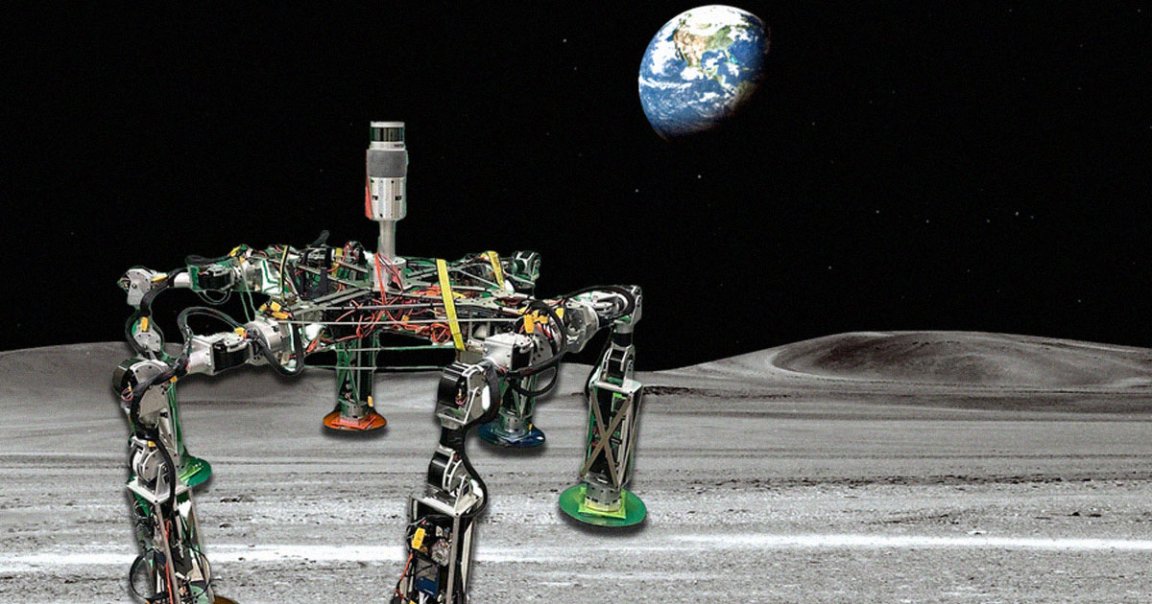
Do The Worm
America’s top minds are apparently putting their all into developing space technology — but we’ve gotta admit, we wouldn’t really have had this in mind.
As the Massachusetts Institute of Technology revealed in a blog post, the Walking Oligomeric Robotic Mobility System (WORMS) modular lunar robot is intended to help NASA and other space agencies build and establish permanent Moon colonies by being able to do a bunch of different types of grunt work.
“Robots could potentially do the heavy lifting [on a lunar colony] by laying cables, deploying solar panels, erecting communications towers, and building habitats,” the press release reads. “But if each robot is designed for a specific action or task, a moon base could become overrun by a zoo of machines, each with its own unique parts and protocols.”
WORMS would head off that potential eventuality, MIT notes, by having mix-and-match components that can be traded in and off for whatever task is at hand — and it’s about as weird-looking as one could imagine a mix-and-match lunar robot could look, too.

Student Affairs
The leggy robot was, as the press release notes, dreamed up by students at MIT’s Space Resources Workshop in response to NASA’s Breakthrough, Innovative and Game-changing (BIG) Idea Challenge, which charges students with coming up with, well, big and game-changing ideas for spacefaring tech.
The six-legged WORMS-1 prototype was unveiled by its creators last week at the Institute of Electrical and Electronics Engineers’ Aerospace Conference in Montana, where the team who built it received the conference’s Best Paper Award.
Team leader, graduate instructor, and PhD candidate George Lordos described the spider-worm hybrid robot
“You could imagine a shed on the moon with shelves of worms,” team leader, graduate instructor, and PhD candidate George Lordos explained. “Astronauts could go into the shed, pick the worms they need, along with the right shoes, body, sensors and tools, and they could snap everything together, then disassemble it to make a new one.”
Each piece, the press release notes, will be about one meter long and weigh roughly 20 pounds each — though on the Moon, which has about one-sixth the gravity of Earth, this would clock in at around three pounds per piece.
There’s no telling when and if NASA will use the WORMS bot, but given that some of its seed money came from the agency, it at least has some interest in taking this wormy boi to the Moon.
More on space tech: NASA Debuts Its Brand New Sci-Fi-Inspired Moonsuit — But It’s a Rental